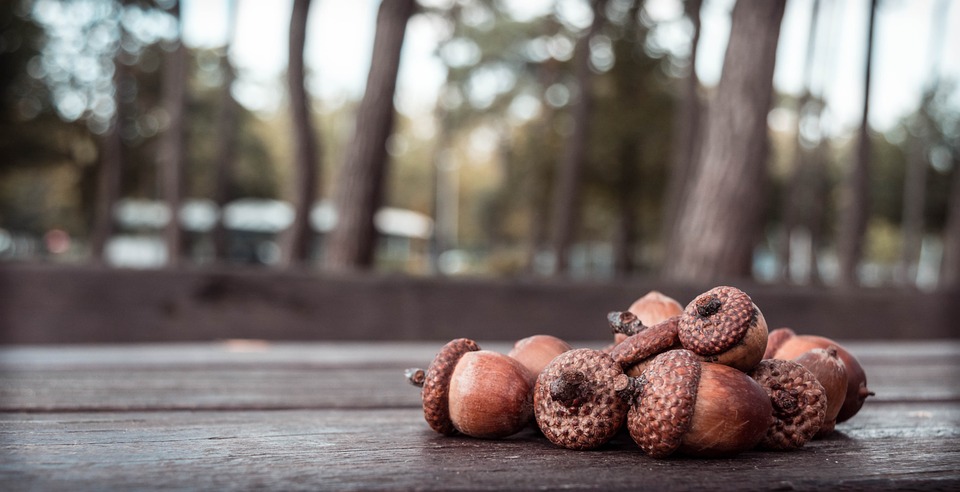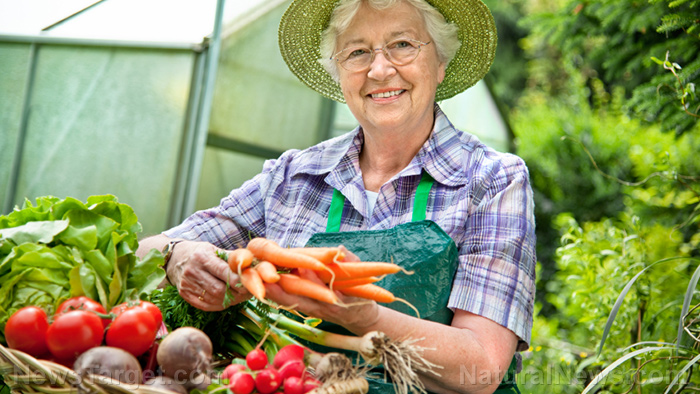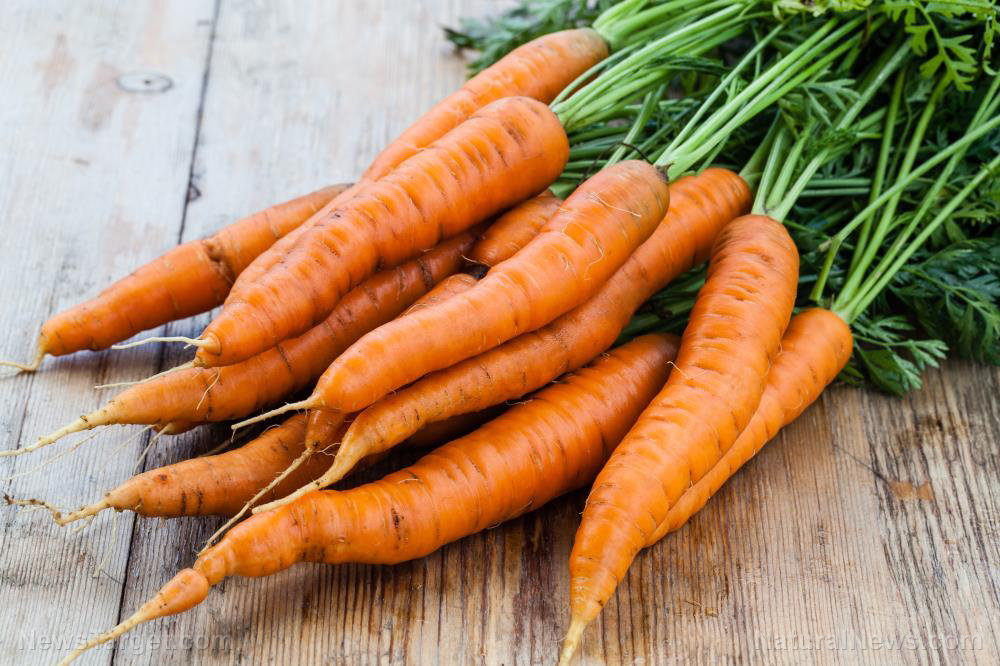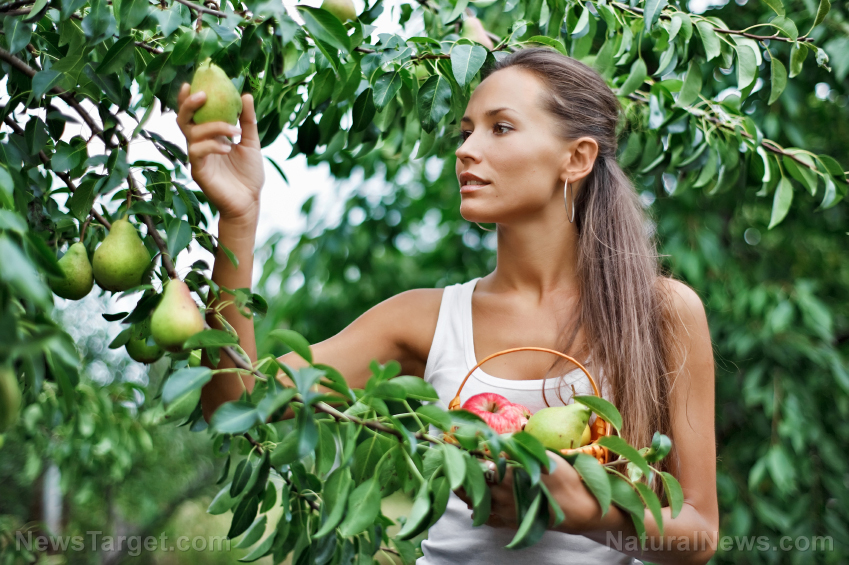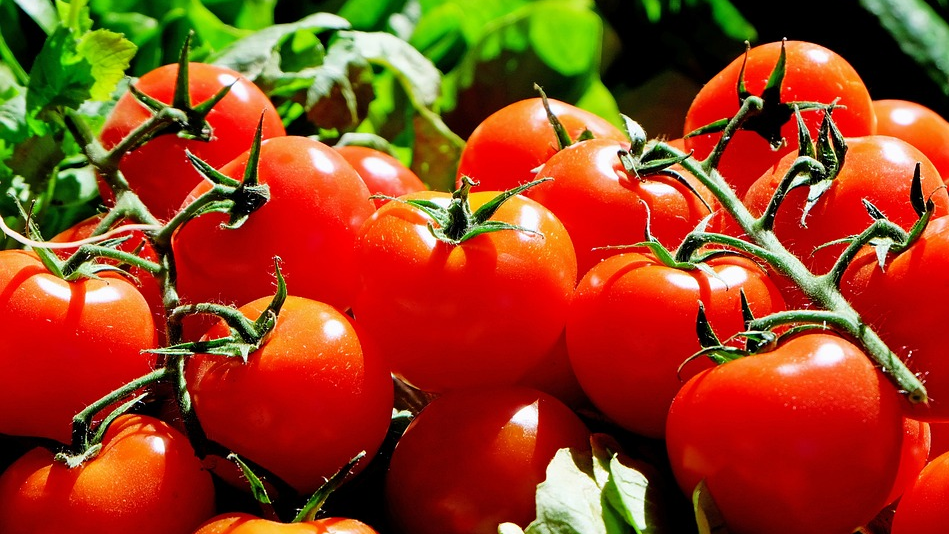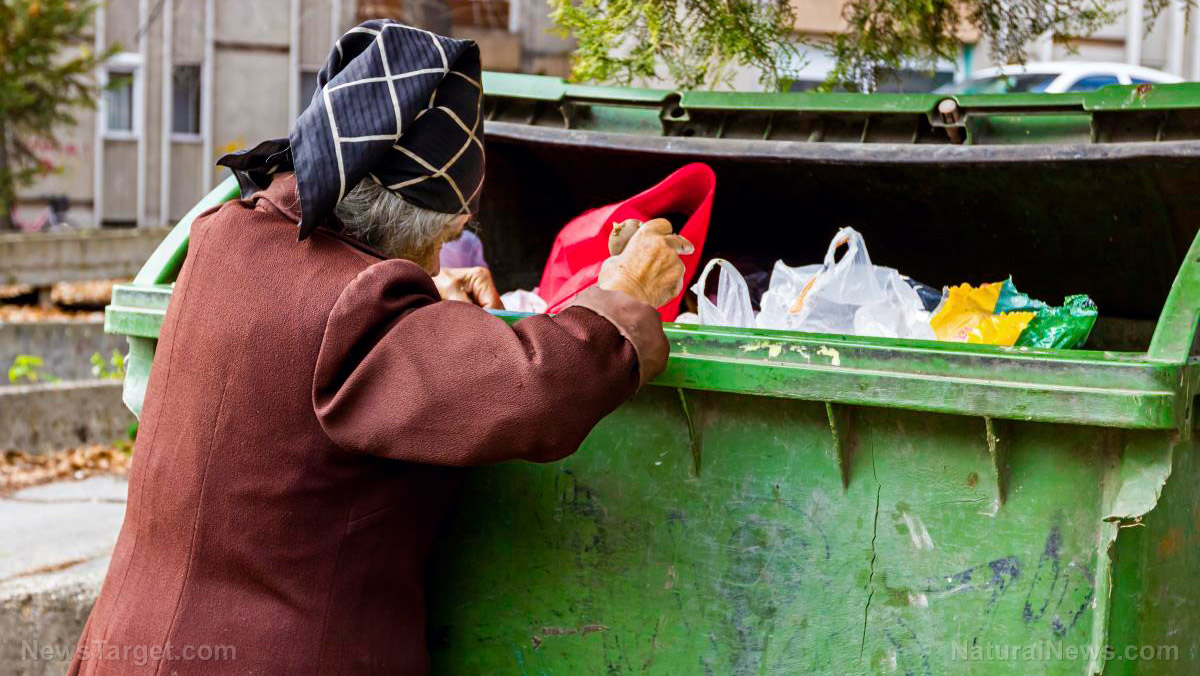Prepping and self-sufficiency: Knowledge and time management skills are just as important as the size of your homestead
09/03/2019 / By Janine Acero
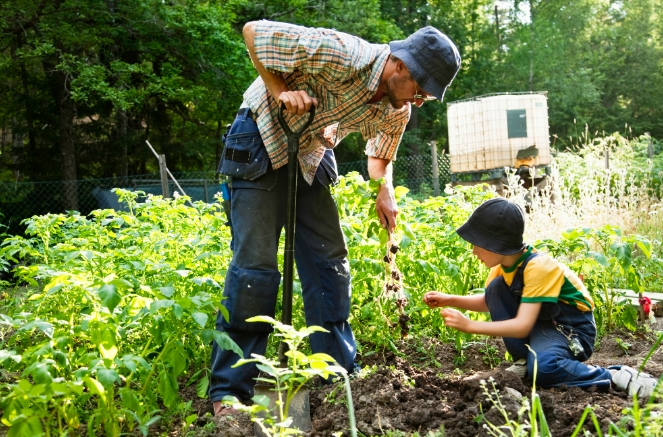
A self-reliant lifestyle implies that you have most of what you need right in your home and around your property. This means owning a sufficient amount of land for your garden, growing fruit trees, and raising your own livestock. So just how much land does it take to live an entirely self-sufficient life?
Tara Dodrill of Homestead Survival Site shares her experiences with sustainable living and what it takes to be 100 percent self-reliant. (h/t to HomesteadSurvivalSite.com)
The size of your homestead doesn’t matter, as long as it “boasts the right features”
Dodrill owns 56 acres of land, which fully supports her family of seven. This includes her daughter’s own family that lives on the same hill but in a separate home.
So how can a single homestead support a large family?
First off, Dodrill’s homestead has more than just one source of water. Around the property is a natural spring, a pond, a clear and running creek, and a well.
For food cultivation, the property has great soil, ample gardening space, a nutrient compost pile, raised beds and container gardening areas, and a greenhouse.
A good homesteader does not rely on one area alone for growing food. Dodrill shares that her homestead has multiple gardening locations both indoors and outdoors to avoid the entire crop getting wiped out by flooding, drought, inclement weather, or insect infestation.
It may sound as though this type of gardening needs a ton of space, but Dodrill assures that it can be done on less than an acre if you grow vertically, use containers, or even enclose a porch and turn it into a solar-powered greenhouse. The key is maximizing whatever space you have.
Another aspect of food independence is raising livestock. According to Dodrill, land sustainable for a homestead should be a mixture of wooded areas for hunting and flat space for growing crops and cultivating hay for livestock.
Dodrill’s family raises chickens, ducks, and goats, so they have a constant supply of meat, eggs, and milk. Their land also accommodates a herd of six cattle and still provides enough pasture and hayfields to meet the animals’ dietary needs. They have barns and coops and can still build more if they decide to increase their herds and flocks.
Their homestead also boasts a professional grade butcher shop, thanks to its previous residents, who used the property as a hunting lodge. Having space to butcher your own meat is a requirement if you don’t plan on living a vegetarian lifestyle or leaving your homestead.
For heating, they use a wood stove. They haul in propane once a year and all the wood in the forest around their property provides them with sustainable heating.
Lastly, the family grows natural remedies and is not reliant on doctor’s care or prescription medication.
Time, knowledge, and skill will allow your homestead to meet your basic needs
Despite possessing all this, Dodrill says that she still has a grocery shopping list whenever she goes to her weekly trip off their homestead.
She knows of families who live entirely off their homestead on considerably less space than Dodrill and her family have. There is one rural couple who lives on less than five acres and owns land with fewer natural resources. There is also a suburban family of four that lives on about 1/4 acre of land; they grow, raise, and process enough food that they never have to go to a grocery store. A family of nine owns 200 acres of land and does not leave their homestead except for medical emergencies.
Dodrill says that the key to living a 100 percent self-sufficient life is having the time, knowledge, and skills for homesteading. The size of your land doesn’t matter. You can own any amount of resource-rich land, but working it to a point where you get all the supplies you need completely from your homestead takes a lot of time and skill to pull off.
If the limits on your knowledge and skills don’t allow you to work your land properly, you may still have to go to the grocery store. You may have the skills, but if you only have half the time it takes to raise, grow, harvest, process, and preserve your food, you may not be able to rely exclusively on your homestead for your needs.
Don’t be discouraged from pursuing a self-sufficient lifestyle. Most homesteads fail because eager and dedicated owners miscalculate the amount of time, knowledge, and skills required to run them. Dodrill suggests looking at it as a long-term goal that will be a work in progress for many years. Every day that you’re working your land, whether you have a corner lot in town or double-digit acres, you are ensuring that your family will survive a long-term disaster or collapse.
Sources include:
Tagged Under: bug in, Collapse, emergency food, food collapse, food cultivation, food freedom, food independence, food supply, green living, home gardening, homesteader, homesteading, how-to, land, livestock, natural remedies, off grid, organics, Poultry, preparedness, prepper, prepping, self sufficiency, self-reliance, self-reliant lifestyle, SHTF, starvation, survival, survival food, survival knowledge, survival skills, survivalist, sustainable living, water supply
RECENT NEWS & ARTICLES
COPYRIGHT © 2017 FOOD FREEDOM NEWS


